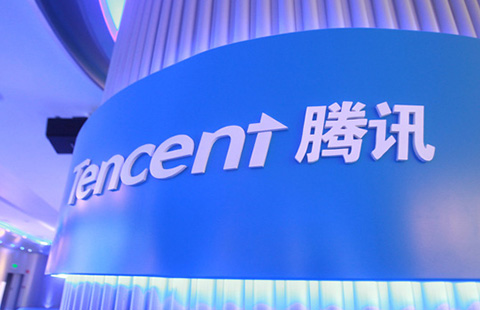Stability cornerstone of market response
By James Mccormack (China Daily) Updated: 2015-09-29 10:37China's patchwork of financial supervision and regulations is consistent with a diffused framework in making decisions
Western criticism of the government's policy response to China's market turmoil appears to miss the point. Many expressed views that officials failed to fully understand how the markets operated or failed to develop policies sufficiently sophisticated to cope with the problems.
Let us look at the misconception that Chinese policymakers lacked market insight. Even casual observers of the country's economy would recognize the increased presence of foreign firms and private innovation, and the diminished role of the State.
State-owned companies retain a dominant role in critical areas of the economy, but private enterprise and market-based solutions have been vital to China's rapid industrialization and development.
Still, the government's aversion to financial instability means there are limits when it comes to embracing market-based principles. Although the stock market is small in the broader macroeconomic picture, a period of free fall would sit uncomfortably with the authorities.
In this context, market intervention in the past two months was less about denying that problems existed than maintaining stability. Of course, it would have been better if policies had been rolled out before the equity bubble started to inflate.
Instead, the government actually played an active role in encouraging investment in the market last year. This provided even stronger motivation to intervene during the recent correction.
This brings us to the government's response. The "national team", or public institutions, involved in providing direct and indirect support to the stock market has been portrayed as disjointed and ineffectual.
It has been argued that with so many institutions involved, including the Ministry of Finance and the People's Bank of China, it was difficult to work out which body had the credibility or authority to take a leading role.
In the United States, for example, during a similar market crisis, the Federal Reserve played a pivotal role, while in the eurozone it was the European Central Bank.
But, again, this argument simply misses the point. China's patchwork of financial supervision and regulations is consistent with a deliberately diffused policy framework, with State organizations operating collectively under the ultimate guidance of the country's political leaders.
As such, China's authorities are unlikely to conclude from the criticism that they need to appoint an Alan Greenspan, the former chairman of the Fed, to personify economic authority. It is equally unlikely that there will be a huge overhaul, resulting in a "super-regulator".
Of course, as the market climbed, debt levels started to rise through margin trading, which involves investing with borrowed money. The policy response to the turmoil that followed also raised debt levels.
In July the China Securities Regulatory Commission relaxed margin lending requirements of brokers, reversing a trend earlier this year. The CSRC was also reported to have extended credit of 260 billion yuan ($40.94 billion) to brokers, with funding from the bond market, banks and the PBOC.
Additionally, the China Banking Regulatory Commission allowed banks to take a more flexible approach to corporate loans collateralized with equities, and encouraged them to lend to listed companies engaged in stock "buy-backs".
This initiative, while it is likely to increase debt, should not be interpreted as a change in policy direction, as one of the government's overriding objectives remains a reduction of debt in the economy.
The risks of potential solvency problems have been central to the acceptance and adoption of lower economic growth targets. But, as with other immediate policy challenges in China, the authorities see a further build-up in debt as a short-term solution.
The author is global head of sovereigns, Fitch Ratings. The views do not necessarily reflect those of China Daily.
- NDRC: Wider prospects for foreign investment
- Mountains of data can be turned into business success
- Uniqlo chief: China slowdown 'no impact' on growth plans
- Bank helps firms with low-cost financing
- Baosteel starts up Zhanjiang project
- Alibaba to Baidu increase US share buybacks as prices slump
- Apple reports record sales of iPhone 6s, 6s Plus in first weekend
- BOC expands facilities in Xinjiang for Belt and Road opportunities
















